Lactase deficiency revelead
-
contact@eralydix.comcontact@eralydix.com
-
science@eralydix.comscience@eralydix.com
-
investor@eralydix.cominvestor@eralydix.com



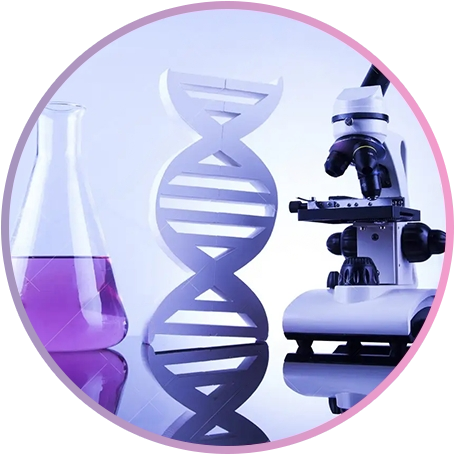

Your small intestine is where most of the nutrients from your food are absorbed. Your small intestine breaks nutrients down into smaller molecules that can pass through the intestinal wall into your bloodstream. Everything that isn’t absorbed in your small intestine passes to your large intestine.
Undigested sugar molecules in your large intestine produce more water and more gas. They trigger your large intestine (colon) to secrete extra fluid to help pass them through. They produce gas when the bacteria in your colon ferment them. This can lead to digestive symptoms such as diarrhea and gas pain.






These symptoms come from undigested lactose in your large intestine. It takes between six to 10 hours for food to reach your large intestine after you eat it, and another 24-36 hours after that to travel through your large intestine. So your symptoms might occur up to a day or two after you eat lactose.
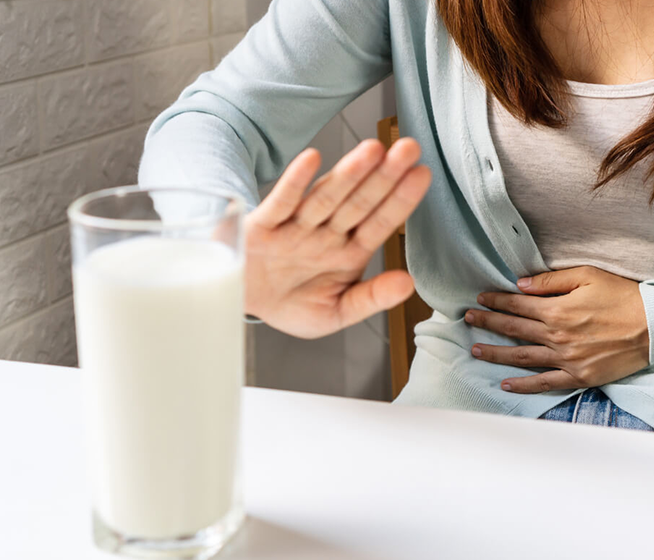
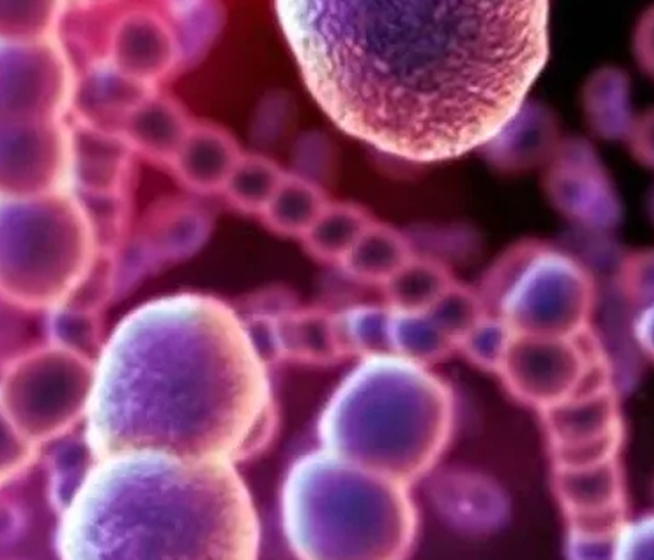
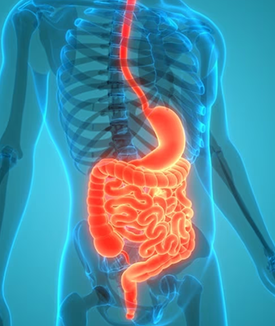
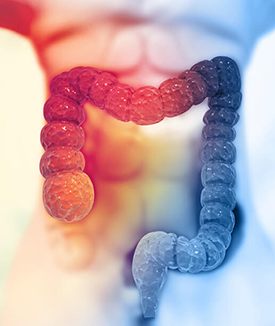

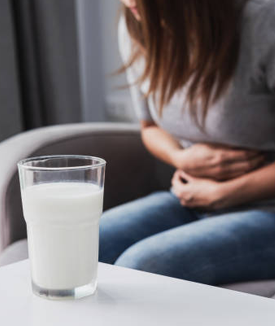
Genes determine how likely you are to continue to produce lactase, the enzyme that helps you digest lactose. Genes may also partly affect your gut sensitivity and the types of bacteria you have in your gut. Some bacteria convert lactose into gas, but others convert it into lactic acid, which may not cause symptoms.
Rarely, some people are born with congenital lactase deficiency. This is a genetic disorder that causes lactose intolerance from birth.
Most people develop lactose intolerance as they grow from childhood into adulthood. The most common type of lactose intolerance, primary lactose intolerance, happens because you gradually stop producing lactase, the enzyme that digests lactose. Your gut sensitivity can also change over time.
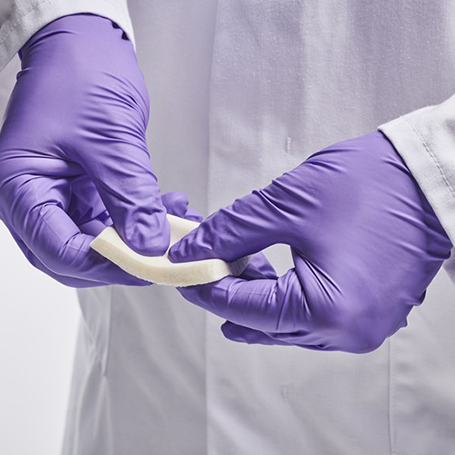
You can develop secondary lactose intolerance suddenly as a result of damage to your small intestine. Injury, surgery, infections, or chronic diseases may damage the cells that produce lactase. This can cause sudden lactose malabsorption and intolerance, even if you could previously digest lactose.
Secondary lactose intolerance may not be permanent. If your small intestine recovers its usual function, you may regain the ability to digest lactose.
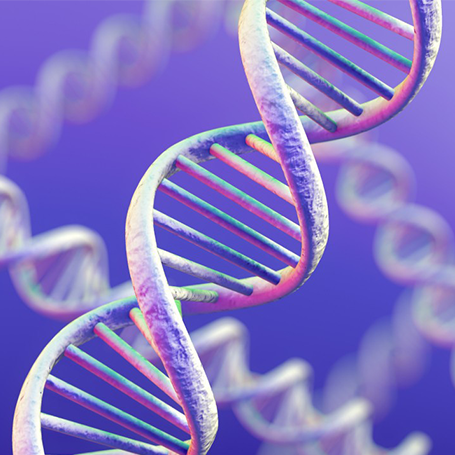
You might suspect you’re lactose intolerant if you notice a pattern of gastrointestinal symptoms after you eat dairy products. However, many people with lactase deficiency can tolerate some lactose, sometimes. If you’re not sure whether lactose is affecting you, visit a healthcare provider.
A breath test measures the amount of hydrogen and methane gases in your breath when you
If a breath test is inconclusive, a healthcare provider might suggest a blood glucose (blood sugar)
Healthcare providers use this test for small children and infants. After feeding a child lactose, they’ll take
Secondary lactose intolerance caused by damage to your small intestine might be reversible after your small intestine recovers. This will depend on how permanent the damage is. It may also take some time. Babies born prematurely who have developmental lactose intolerance usually grow out of it.

Lactose intolerance won’t seriously harm you. If you can cope with the symptoms while the lactose passes through your digestive system, they’ll eventually end. However, you can easily avoid lactose intolerance symptoms with lactase supplements and lactose-free dairy products.
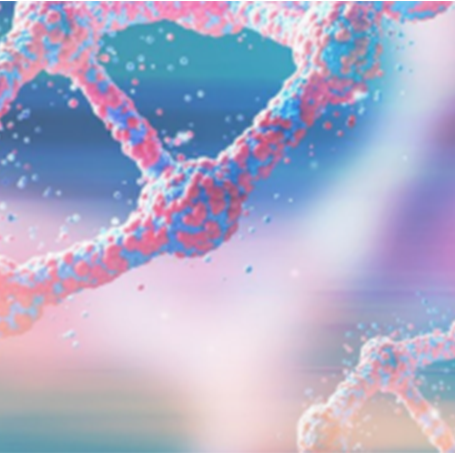
Lactose intolerance will affect your diet, which means you’ll have to pay attention to the nutrients you’re getting. If you avoid all dairy products, you could end up low in calcium and vitamin D. You can get these nutrients from other food sources, but dairy products are some of the most common ones.